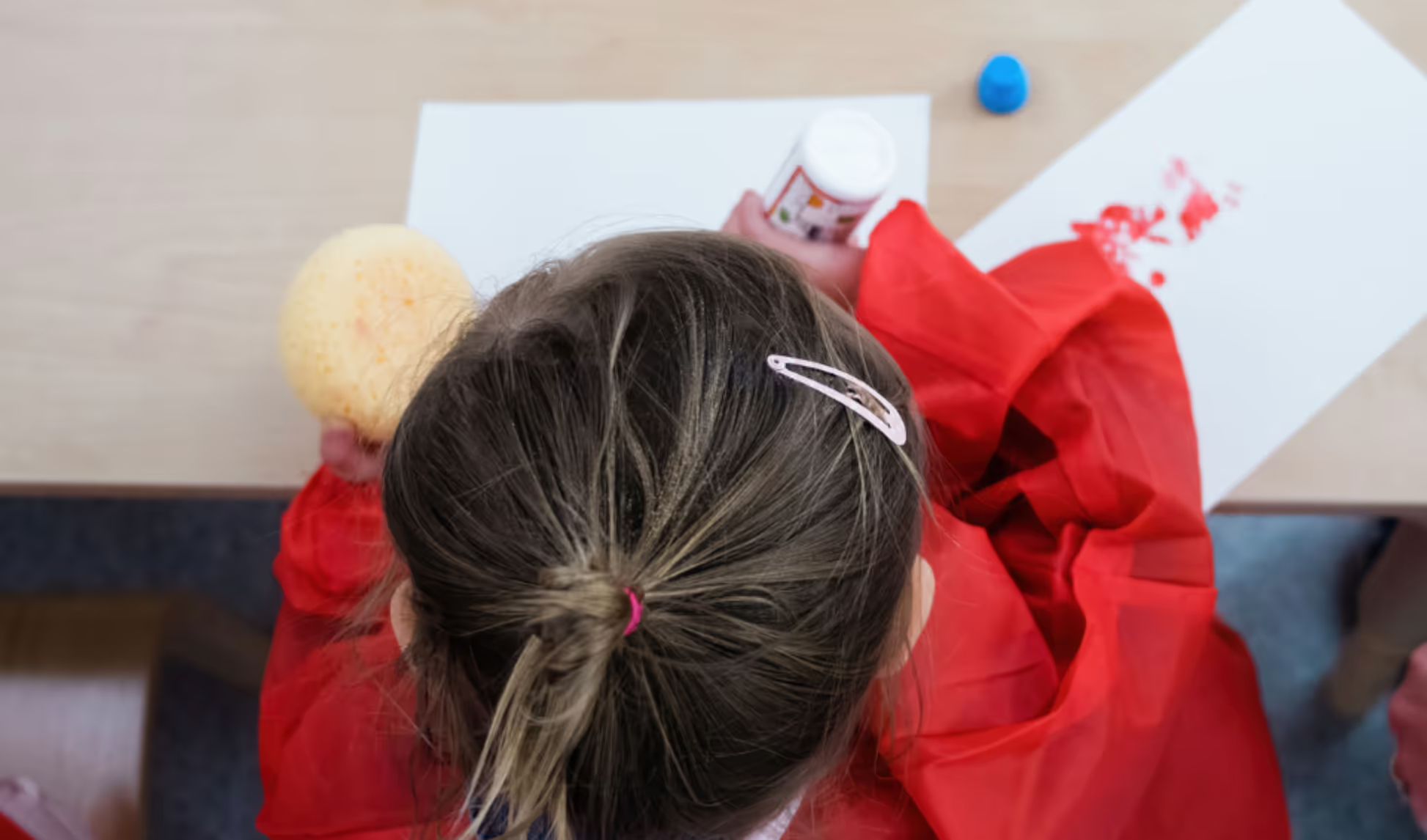On my recent drive to work, I listened to a radio feature about one of France's most famous prehistoric decorated caves, the Cave of a Hundred Mammoths. Studies say stone-age toddlers may have attended a prehistoric nursery and had art lessons!
Early Mark Making and its Vital Role in Childhood Development
The discovery of early mark-making amongst man’s first marks and the discovery that children actively helped express themselves ultimately reaffirms the importance of creative expression in the early years.
Young children are like sponges, absorbing information and experiences at a very rapid pace. Engaging them in creative activities provides a multi-sensory approach and platform for learning, stimulating various areas of their brain and promoting the development of fine and gross motor skills.
Encouraging artistic development in the early years is crucial for fostering creativity and cognitive development in children.
Cognitive development
The process of making new connections in the brain and learning how to think, explore, and figure things out in different ways is essential. It gives children the knowledge, skills, and problem-solving abilities that enable them to think about and understand the world around them. It also sets the foundation for later success in school and in life.
Self-expression via Art
It is also a powerful and invaluable tool for communication, especially when verbal skills are still developing. Children can convey their feelings and thoughts in a non-verbal way by drawing, painting, or sculpting. This helps them express themselves but also aids in developing emotional intelligence and empathy as they learn to understand and interpret the feelings of others.
Creative expression
Allows children to explore and communicate their emotions, thoughts, and ideas and plays a significant role in their overall development.
Creating art allows children to make choices and solve problems, encouraging critical thinking skills. For example, choosing colours to use, deciding on the shape of their creation, or figuring out how to represent an idea all contribute to cognitive development. These activities encourage them to think outside the box, promoting creativity and innovation. Engaging in artistic activities provides a sense of accomplishment for young children. Completing a drawing or finishing a craft project boosts their self-esteem and confidence. It teaches them that perseverance and effort lead to tangible results, setting a foundation for a positive attitude towards challenges later in life.
How can I support my child?
Parents and educators play a pivotal role in nurturing artistic development. Various art materials, such as crayons, markers, paints, and clay, allow children to explore different mediums and textures. This diversity helps hone sensory perception and fine-tuning motor skills as they manipulate various tools.
It is crucial to create a supportive environment where children feel free to express themselves without fear of judgment. Praising their efforts rather than focusing solely on the end product reinforces the idea that the creative process is valuable.
Encouraging open-ended activities, where there is no right or wrong way to create, fosters a mindset of exploration and curiosity. Integrating art into other areas of learning enhances the overall educational experience. For example, combining storytelling with drawing or incorporating math concepts into art projects makes learning more engaging and reinforces understanding through multiple channels. This interdisciplinary approach helps children connect abstract concepts with real-world applications.
Outdoor art activities, like collecting leaves for collages or using natural materials for sculptures or as mark-making tools, not only connect children with the environment but also stimulate their sensory perceptions. Nature-based art activities encourage observation and appreciation of the world around them and are another effective avenue for creative expression.
Technology can also be a valuable tool in encouraging artistic development. While traditional art materials are essential, introducing age-appropriate digital tools for drawing or creative storytelling adds a modern dimension to artistic expression. This aligns with the digital age and provides children with diverse avenues for self-expression.
Collaborative art projects offer an opportunity for social interaction and cooperation. Working together on a mural or group sculpture teaches children the importance of communication, teamwork, and respecting others' ideas. These collaborative experiences contribute to developing social skills, empathy, and a sense of community.
In conclusion, encouraging artistic development in the early years is a holistic approach to fostering children's cognitive, emotional, and social growth. Providing a supportive environment, diverse art materials, and integrating creative expression into various aspects of learning contribute to a well-rounded educational experience. Nurturing creativity in the early years lays the foundation for a lifelong appreciation for the arts and a mindset that values exploration, innovation, and self-expression.
Subscribe to our newsletter
Stay up to date with Fennies news






.png)



